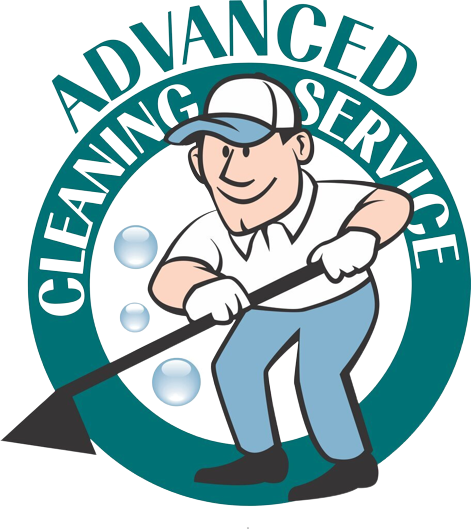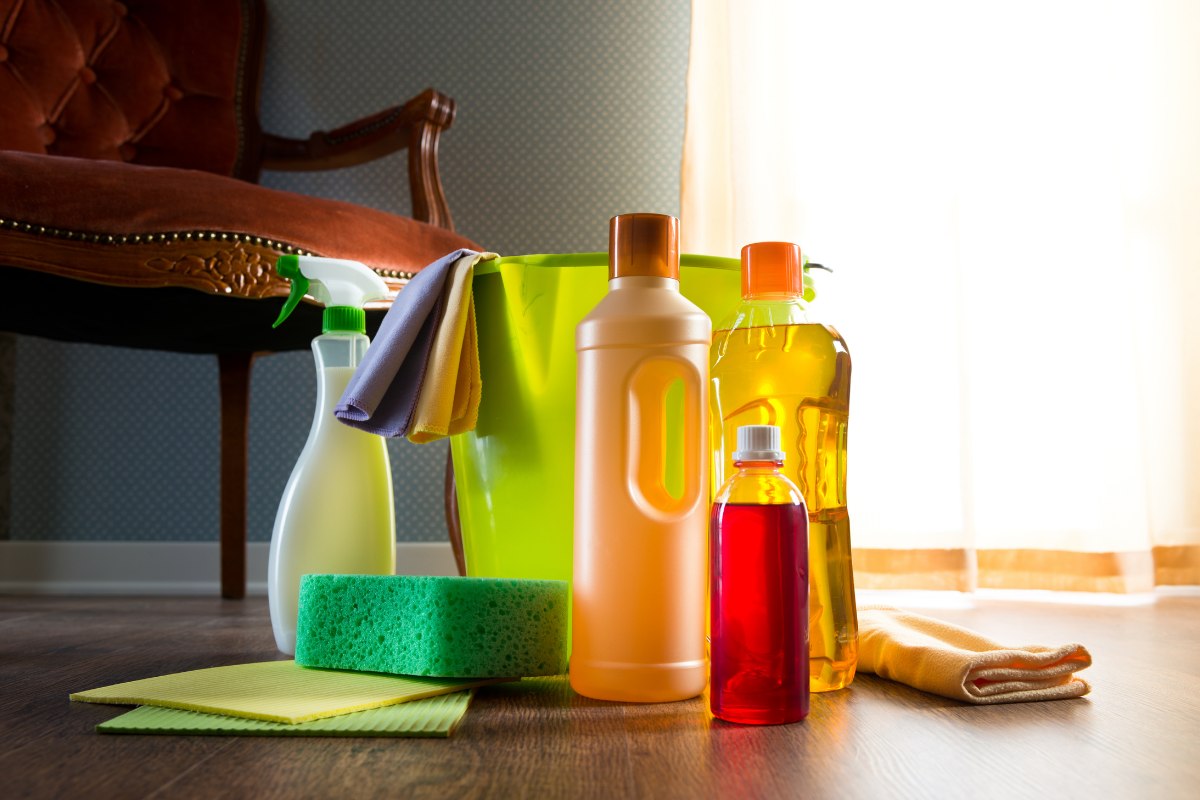The pandemic of 2020 brought a heightened awareness to general cleanliness. The realization that increased sanitization could decrease one’s likelihood of contracting or transmitting COVID-19 gave everyone a greater sensitivity the importance of sanitizing surfaces. As we all recall, Clorox wipes, hand sanitizer, and other household cleaners because scarce if not downright inaccessible. With a growing consciousness to cleanliness and sanitization, which is always a good thing, there also needs to be increased awareness as to how to safely use household chemicals, many of which are toxic if used and mixed inappropriately.
1. Baking Soda (Sodium Bicarbonate)
While it’s often that household chemicals aren’t toxic unless used inappropriately, there are a handful of household chemicals that are toxic on their own merits. Baking soda is often found in pantries and is a frequent champion for cleaning. It makes a great paste when blended with water that can effectively remove rust from surfaces.
Baking soda can, though, be dangerous or combustible with other agents. For example, when mixed with vinegar, the result is an explosive, fizzing concoction frequently used to bring children’s science fair dioramas of volcanoes to life (this has never poorly, we’re sure). The best you can say is that this mixture is non-toxic.
However, when combined with other common household agents such as Clorox, chlorine gas, which is toxic, forms. Chlorine gas can cause coughing, burning throat and eyes, and other worse health issues depending on the concentration.
2.Bleach (Sodium Hypochlorite)
Bleach is considered incredibly effective as a robust household cleaning chemical (obviously considering it’s found in many top-tier cleaning products); in fact, the CDC recommends using 1/3 cup bleach diluted with gallon of water as an effective disinfectant; however, bleach, when used with any acid such as vinegar, citrus juice, etc. emits a potentially fatal chlorine gas. Issues that result from being near this toxic combination of agents include:
- Burns or lesions to the skin
- Respiratory and mucous membrane irritation
- Cough, watery eyes, and odd taste in mouth
- Death when concentrations and exposure times are high, especially without ventilation
When and if you accidentally create this toxic combination, immediately ventilate the area and leave the space until the smell of bleach has dissipated or you are confident it’s safe to return to the space.
If you start to feel sick, short of breath, or at risk of losing consciousness, immediately call for help.
Importantly, the same or a worse reaction can occur when bleach is mixed with other chemicals, so it’s vital to always read the warning label when combining existing chemicals with any agent be it bleach or otherwise.
3. Ammonia
Ammonia is a liquid toxic poison that when inhaled directly can be deadly; it can also harm the skin and eyes if you’re directly exposed to it. Consequently, ammonia’s also an excellent cleaning agent found in most household cleaning products including but not limited to:
- Window, glass, and mirror cleaners
- Furniture polish
- Toilet cleansers
- Drain cleaners
- Bathroom cleansing products
- General multi-surface cleaners
In the confines of spray bottles and used correctly, there’s no harm in using ammonia to clean your home or workplace provided you follow safety instructions.
Given its volatility, though, ammonia products should never be combined with other products especially with bleach.
When mixed with bleach, ammonia can form a potentially fatal chloramine vapor or liquid explosive (hydrazine). Depending on the concentration, inhaling these fumes can irritate the eyes and lungs and can cause organ damage. Heavier concentrations can combust, an often-deadly event.
4. Isopropyl (i.e., Rubbing) Alcohol
Isopropyl alcohol is found in a 70% or higher concentration in many homes and workplaces because it’s a great cleaning agent. It’s excellent for disinfecting, removing stains, lifting adhesives from surfaces, etc. It’s even recommended by the EPA and CDC as a disinfecting agent.
Like ammonia, isopropyl alcohol is also used in many common cleaners like glass cleaners, jewelry cleaners, stain removers, hand sanitizers, and antifreezes. Also, like ammonia, isopropyl alcohol doesn’t need to be mixed with other cleaning agents (especially those mentioned on this list).
For example, when mixed with bleach, this concentration creates a sweet-smelling fume called chloroform gas, which causes breathing difficulties and even death. Other chemical compounds, which can cause skin lesions, organ damage, and can lead to certain cancers, can also be formed by mixing these two chemicals in different concentrations.
5. Vinegar (Dilute Acetic Acid)
Lastly, vinegar is a commonly-used household cleaner, chemical, and cooking agent that is excellent when used properly but can be dangerous or volatile in the wrong combination. While mixing vinegar with baking soda doesn’t have a perilous effect, it can be dangerous when blended with bleach or hydrogen peroxide.
The result of mixing vinegar with hydrogen peroxide is a strong, corrosive chemical called peracetic acid. Peracetic acid can burn your skin, irritate your eyes, and can damage your lungs.
Meanwhile, when mixed with bleach, a possibly fatal chlorine gas can result, which is why it’s best to not mix vinegar with other household cleaners and common chemical agents.
Common Sense Tips When Working with Household Cleaners
Just to reiterate, it’s perfectly safe to use household cleaners as long as you use common sense. For example:
- Wear gloves and a mask when using household chemicals.
- Never work in an enclosed space.
- Ventilate the area you’re working in by opening windows, turning on fans, etc.
- Don’t ever mix chemicals.
- Follow all directions and abide warnings on chemical and household cleaner labels.
- Never inhale or ingest household chemicals or cleaners.
- Don’t leave household chemicals or cleaners unattended or with open lids (especially if you have children) as this could risk consumption and will certainly risk releasing toxins into the air.
- Follow-up with poison control is exposure to skin, eyes, nose, etc. occur.
- If you start to feel faint, dizzy, or “off” after or while working with chemicals, stop and call for help.
If you’re still wary about working with household chemicals or even having these chemicals in your home after becoming informed, consider hiring a cleaning service to handle household cleaning tasks for you. Cleaning services are incredibly accessible and are more economical than most people realize.
For people living in the Algood and Cookville areas who’d rather leave working with household cleaners to the pros, contact us at Advanced Cleaning and ask for a quote. We offer professional home (and office) cleaning services and have excellent customer satisfaction. We’d be happy to help you safely sanitize your home.




